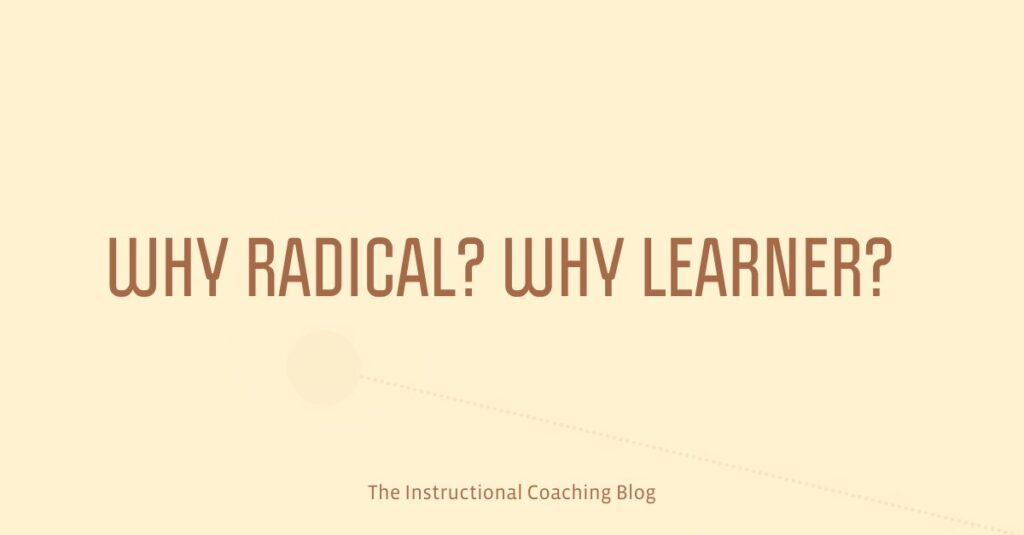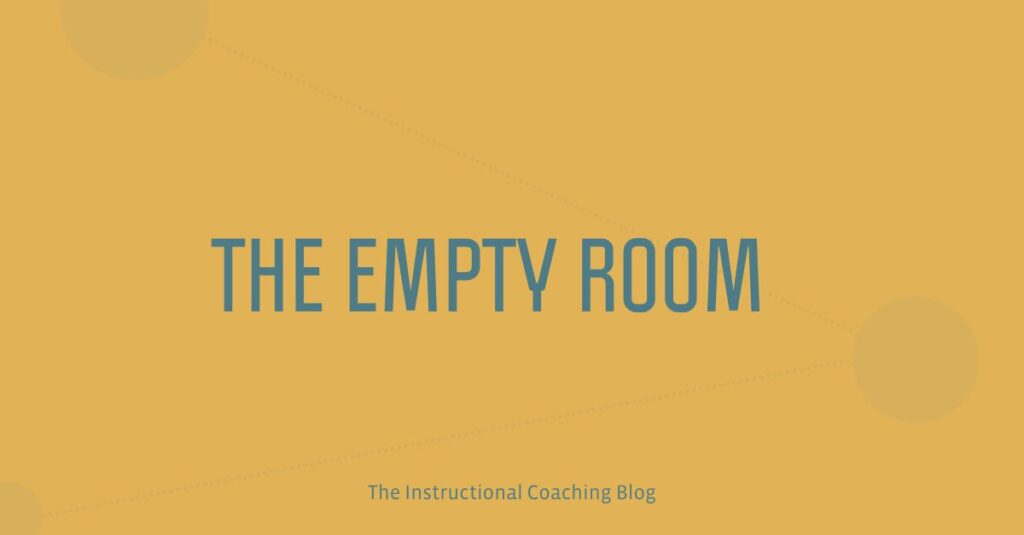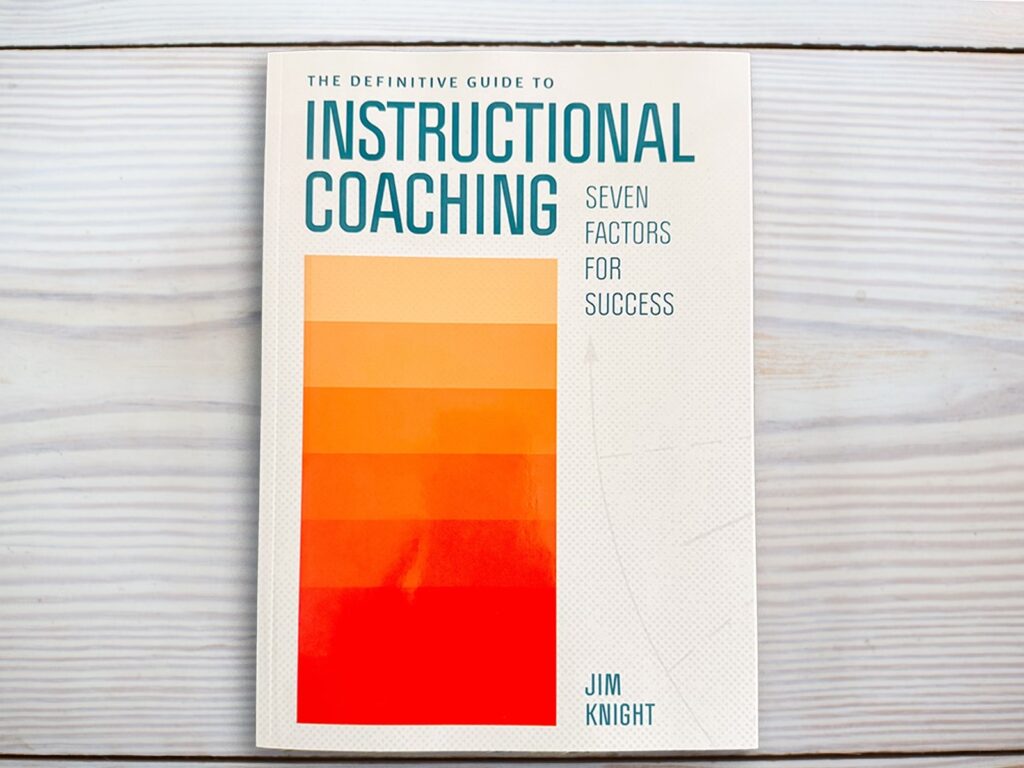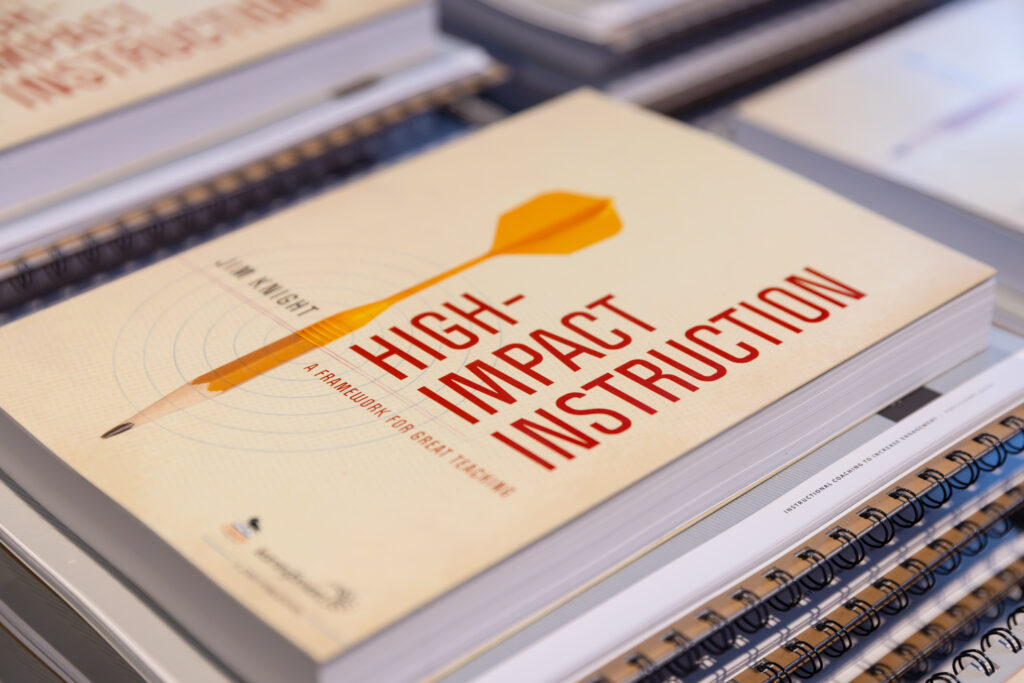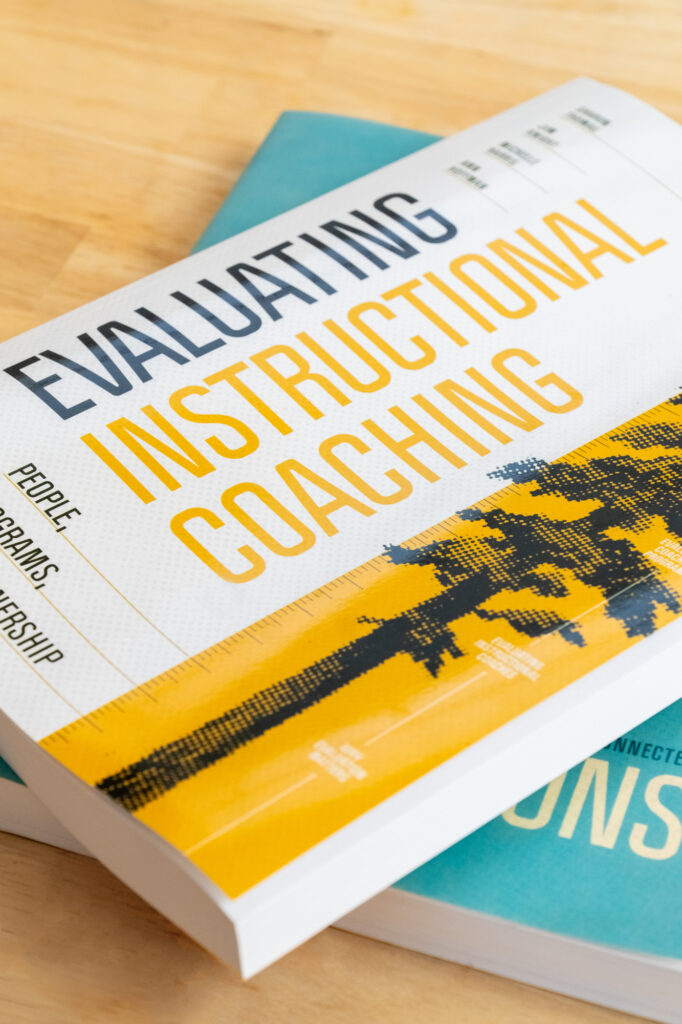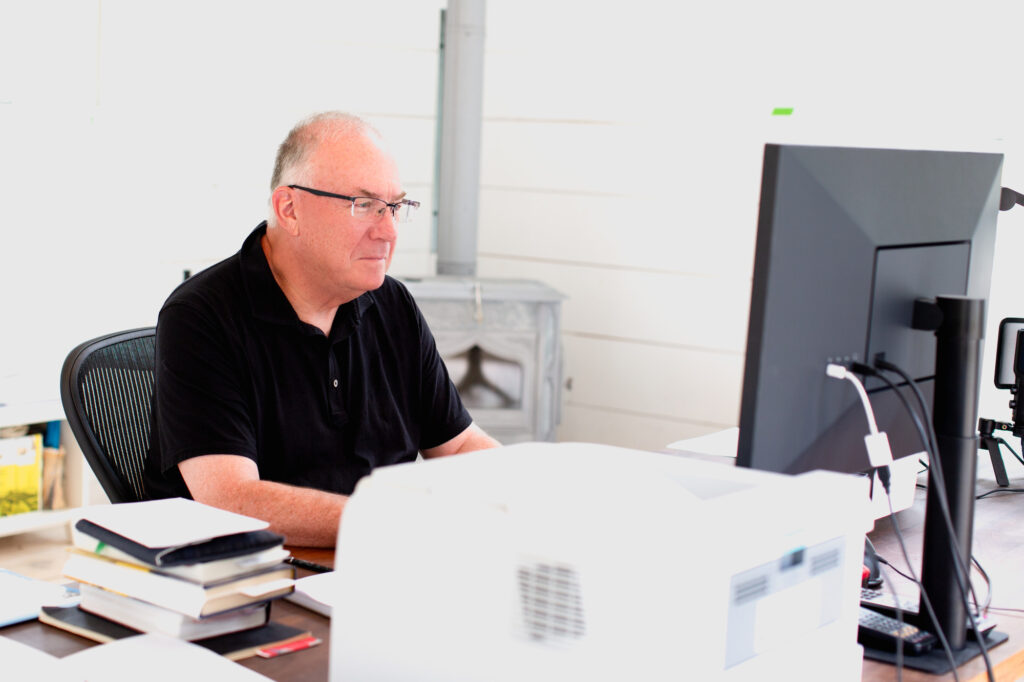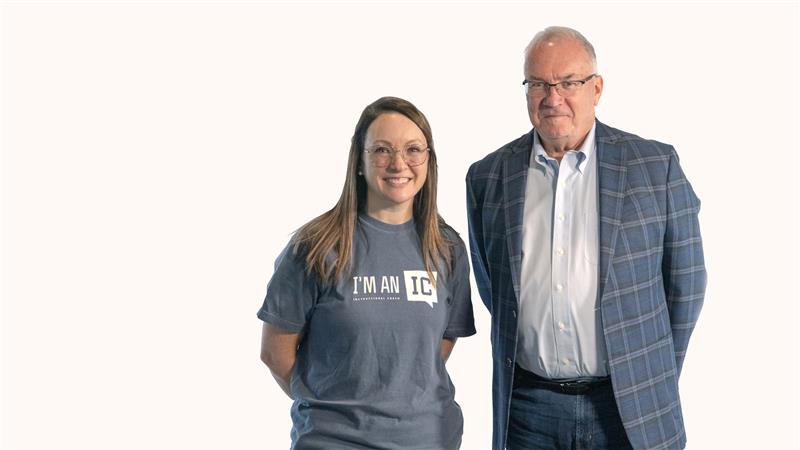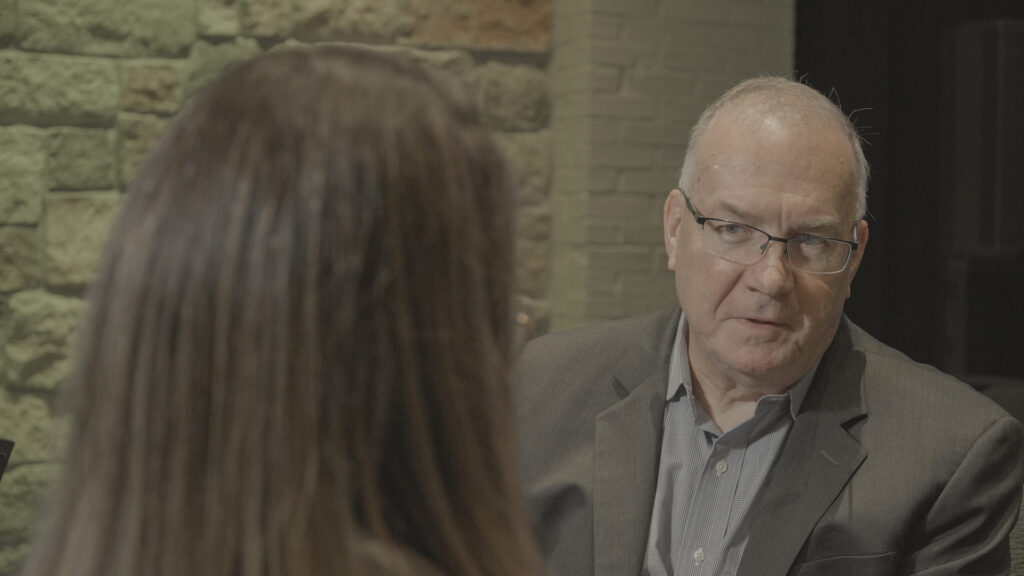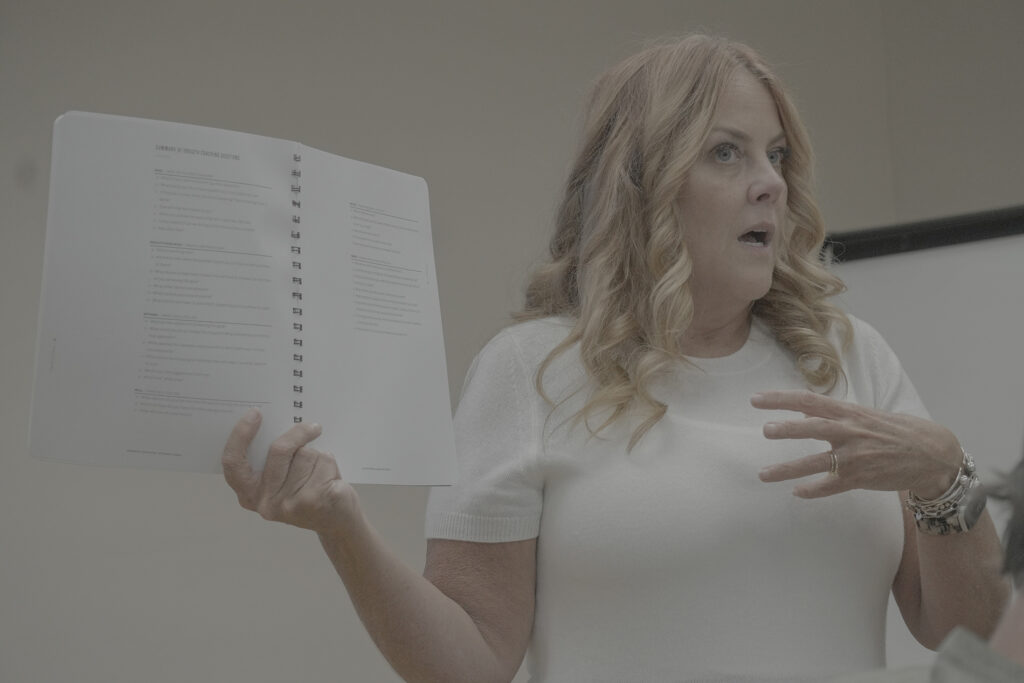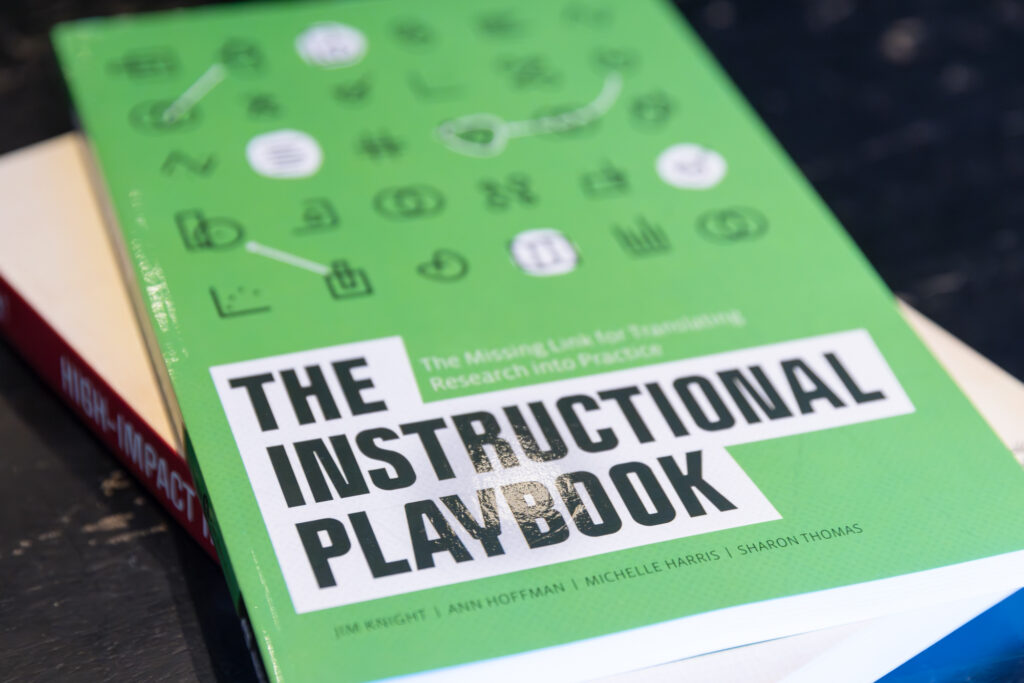One of the most important yet often overlooked elements of effective instruction is the expectations we set in our classrooms. In Chapter 13 of High-Impact Instruction, Jim focuses on how clear, consistent, and high expectations can dramatically improve student engagement and learning outcomes.
When we talk about expectations, we’re talking about more than just rules or procedures. Expectations are the shared understandings between teachers and students about how we operate together in the classroom. They set the tone. They create the climate. And when done well, they free students to focus on learning because they know what to expect and what’s expected of them.
But here’s the thing: expectations don’t live on posters. They live in our daily interactions. They’re reflected in how we greet students at the door, how we respond to challenges, how we celebrate effort. Effective teachers communicate expectations clearly and consistently—not through control or compliance, but through respect and care. And when students feel respected and cared for, they rise to those expectations.
One of the keys Jim highlights in the chapter is that effective expectations must be co-constructed whenever possible. When students help shape the norms of the classroom, they’re far more likely to buy in. That’s how we shift from “rules I follow” to “agreements we live by.” This kind of shared ownership transforms the classroom into a learning community.
Of course, high expectations mean little if we don’t support students in meeting them. It’s not about setting the bar high and walking away—it’s about scaffolding, guiding, and believing in students as they reach higher than they thought possible.
The truth is, expectations shape everything. They shape behavior. They shape relationships. And most importantly, they shape what students believe they can achieve. When we expect students to learn deeply, to think critically, and to treat others with kindness, we’re not just managing a classroom—we’re creating the conditions for students to flourish.
Expectations are not just a tool for classroom management—they are a catalyst for growth.
Let’s keep our expectations high, our support strong, and our belief in students unwavering.

